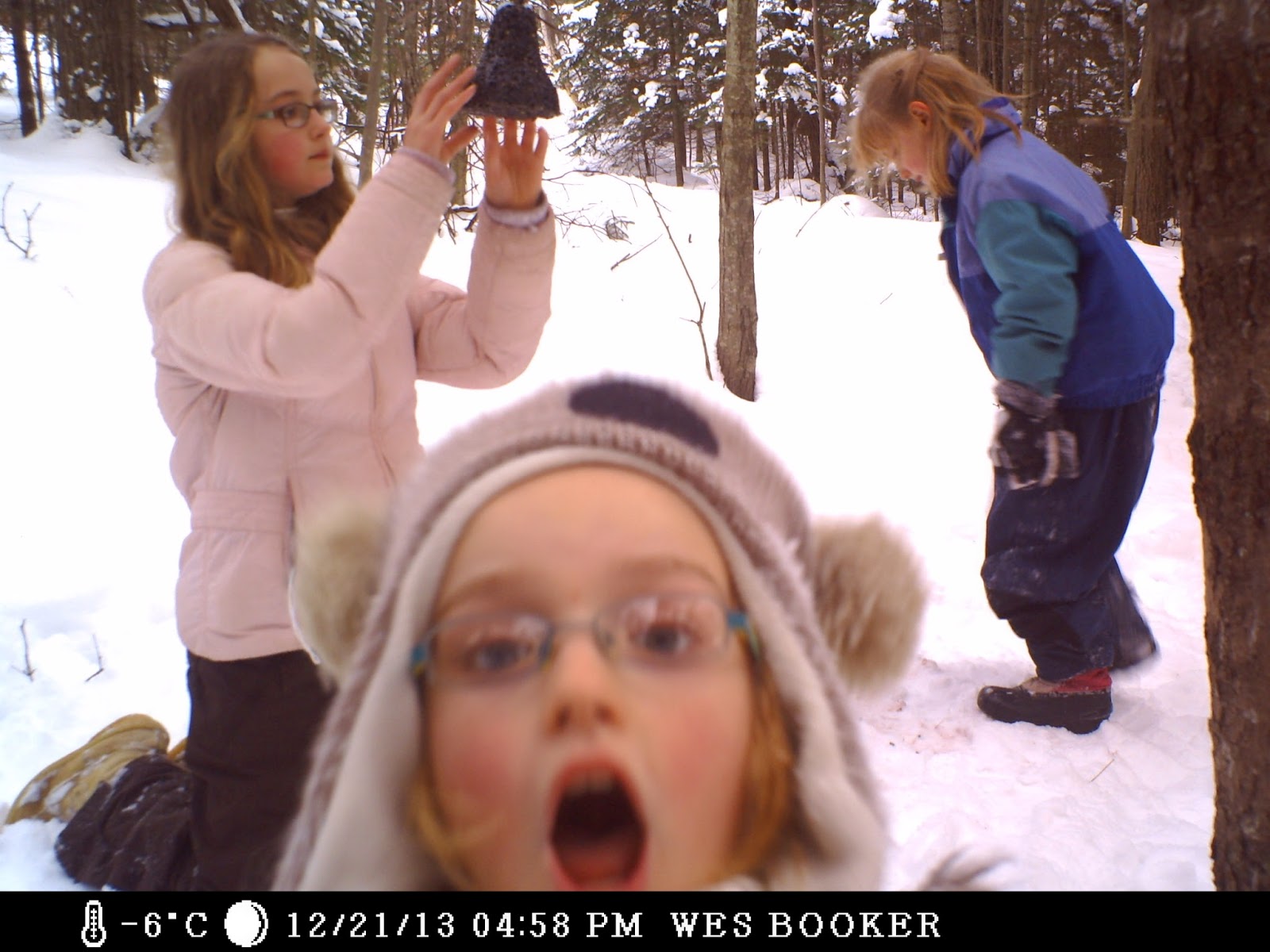This idea will inspire and compel you to grab an old crappy hard-cover book, an exacto blade, 6 inch ruler, scotch tape, a piece of some box paper stuff (from a granola bar box or something), carpenters glue and 6 or so clamps with 3 flat planks of scrap wood.
 |
| Handy exacto blade box - you don't need something this elaborate. |
Lets cut to the chase.
1. You'll want to open up the book to the second chapter (just to keep the first pages looking normal and covert). You'll want to keep at least an inch and quarter from the edges as you draw out the square dimensions for cutting.
2. Trim out a piece of that granola bar paper box stuff to roughly the dimensions of the book and stick it roughly at the beginning of the last chapter.
3. Turn back to the first chapter. Tape the pages of first chapter to the hard cover so they won't get in the way. Use the scotch tape to tape down the 6 inch ruler to the right dimensions of the box you drew.
4. Whip out that exacto blade (carefully, because you can poke out more then an eye) and use it to cut along the ruler edge. Repeat this task over and over again until you have perfectly cut the edges down to where you've hit the cardboard below. Try not to cut through the cardboard, but its not a big deal if you do - the point is that your trying to get a nice clean good 90 degree edge on both sides down to the bottom.
5. Make sure your changing the exacto blade if it seems at all dull at this point! Do the same (step 4 and 5) for the top and bottom edge. End with the back edge. This is what I found worked to keep the pages stiff until the last cut. The end is tricky because you really have to trim all edges carefully - the pages will pop out when cut perfectly. Don't rip them out or you'll have bad edges.
6. Remove the cardboard thing we put in earlier. Take the 2 flat planks of wood and clamp them down to the book pages as shown, exposing the inside cut out square.
7. Squirt out that carpenters glue onto a scrap surface. Take a 1/4 to 3/8 width flat brush and dip into your little palette of glue to lay down a ample coat of glue on the inside edges of the box. Whatever excess glue that drips can be painted around the bottom surface (thinnly). Clean it up nice.
8. Clamp down the last plank of wood in the middle. Leave to dry for about 12+ hours. Remove the clamps and planks. If the book has a little ripply edge when closed, clamp the book closed for another 2 days or so to try and make the pages permanently flat so it won't be suspected of holding your tea stash.

 |
| Covert! Those gnomes wouldn't suspect a thing. |































